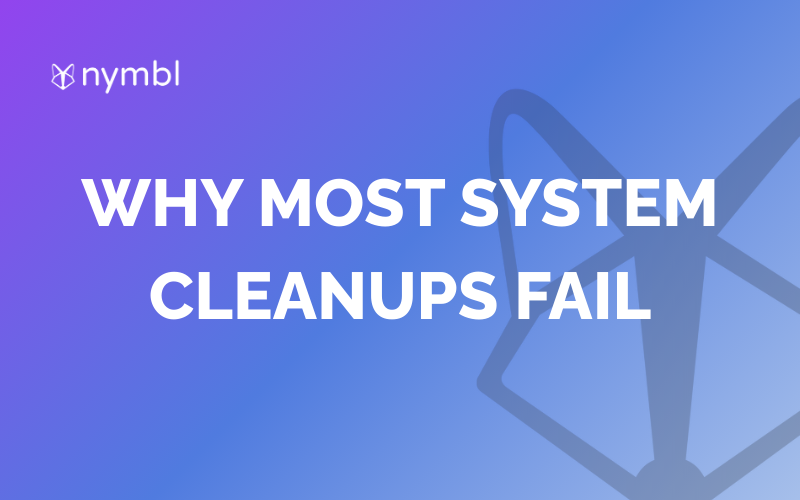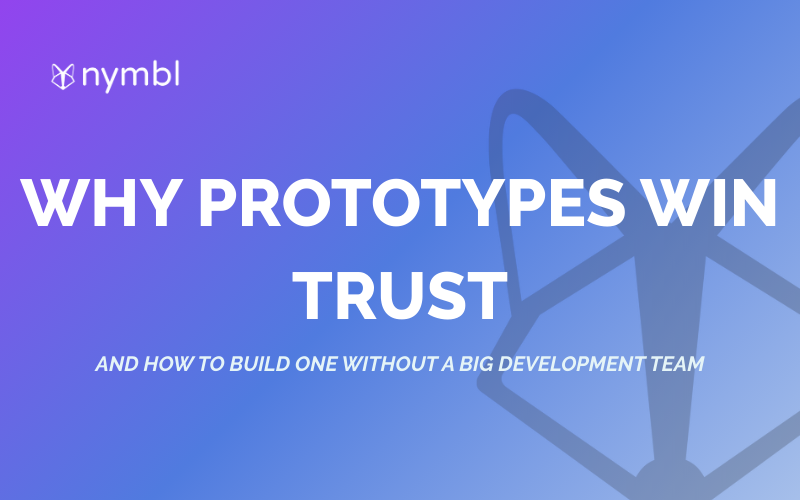AI enhanced a plethora of existing technologies that are ought to make our lives better and for businesses to become more efficient. Some of the AI use cases we recently wrote are about language translation and voice transcription. AI’s enhancement in these fields can help businesses streamline their processes, reduce costs, and deliver superior experiences to their customers - making it an invaluable asset for modern businesses.
Our recent webinar further highlighted leveraging AI in application development. One particular use case we got a handful of questions from is the AI application in Optical Character Recognition or OCR. Read on to learn more about OCR and how AI enhances OCR to benefit businesses.
What is OCR?
Optical Character Recognition (OCR) is a technology that converts different types of documents, such as scanned paper documents, PDFs, into editable, digital, and searchable data. OCR software processes the text in an image by analyzing the light and dark areas of the image, recognizing characters, and converting them into machine-readable text.
Some of the use cases are:
- Automation
- Document Processing
- Digitization
OCR has two types: first is the software, and the second is the hardware. The hardware traditionally is a scanner in today’s modern world, and it’s equivalent to simply our iPhones where taking pictures of a document is common. The software is usually an app that converts an image into a digital, analyzable form that then will help identify the characters such as text and numbers.
There are two methods OCR systems do it: one is a pattern recognition where past examples of numerous fonts, formats and styles of characters have been input into the software itself.. The other is a feature recognition pattern where if we take the capital letter as an example we have two triangle sides and a line through so it can analyze the image.
What is OCR + AI = Intelligent Character Recognition (ICR)
A key problem usually for OCR is that there isn’t a structure around how OCR extracts information, causing the data to become unstructured. This results in the data becoming hard to use in some formats, especially in business use cases. This is where AI has brought OCR to a new level - making it more effective and improving accuracy. This is where an advanced form of OCR emerges: Intelligent Character Recognition (ICR). ICR is the next level OCR that extends the capabilities of traditional OCR by recognizing and processing various handwriting styles and fonts. ICR uses machine learning algorithms and AI to improve its accuracy and adaptability over time, making it very useful for processing handwritten documents and complex text formats. It elevates traditional OCR technologies with the ability to analyze and learn.
Benefits of ICR:
- Improved Accuracy
- Better Data Quality
- Flexibility
- Structured Data

How OCR with AI can help your business
AI significantly enhances the capabilities of traditional OCR systems, making them more accurate, efficient, and versatile. Here are some ways AI-powered OCR can benefit businesses:
1. Improved Accuracy
- AI-driven OCR uses machine learning algorithms to recognize text more accurately, even in varying fonts, sizes, and orientations. This reduces errors in data extraction.
2. Processing Unstructured Data
- AI-powered OCR can understand and process unstructured data, extracting meaningful information from documents such as contracts, invoices, and emails.
3. Automation of Data Entry
- Your business can use a lot of innovation with digitizing your processes. With ICR, you will be automating data entry tasks with AI-driven OCR reduces the need for manual input, saving time, and minimizing human errors. This also promotes scalability, as businesses can now process large volumes of documents quickly and efficiently.
4. Enhanced Document Management
- Converting documents into searchable text improves document management systems, allowing for easy retrieval and indexing of information. And of course, AI-powered OCR facilitates the creation of digital archives from paper documents, making it easier to store, manage, and access historical data.
5. Compliance and Legal Adherence
- Accurate data extraction and processing help businesses with regulatory compliance requirements by ensuring that records are accurate and up-to-date. AI-powered OCR can also create comprehensive audit trails, assisting in legal and regulatory audits.
6. Enhanced Customer Service
- Automating the extraction of information from customer documents (e.g., forms, IDs) speeds up processing times, improving customer satisfaction.
7. Cost Savings
- Automation of data extraction processes reduces the need for manual labor, leading to significant cost savings. This also leads to operational efficiency as improved accuracy and speed in data processing reduce the costs associated with errors and delays.
8. Versatility Across Industries
- Finance: Automating the processing of financial documents such as invoices, receipts, and bank statements.
- Healthcare: Digitizing patient records, insurance claims, and medical forms for easier access and management.
- Legal: Extracting and organizing information from legal documents, contracts, and court filings.
- Retail: Managing inventory, processing orders, and analyzing customer feedback from handwritten notes or printed forms.
It is high time to consider integrating AI into your OCR processes. This use case of AI in OCR could transform the way businesses handle and process documents, which could result in more competitiveness and success. Businesses can unlock significant efficiencies and provide better service to their customers via the improved accuracy, automation and enhanced document management capabilities this ICR can bring - not to mention a lot of cost savings.
Nymbl is a leading advisory and development agency experienced in integrating AI into application and web development using low code no code tools. If you’re interested to learn more about how AI can be leveraged into OCR and how it can potentially shape your business, contact us here.






.png)


